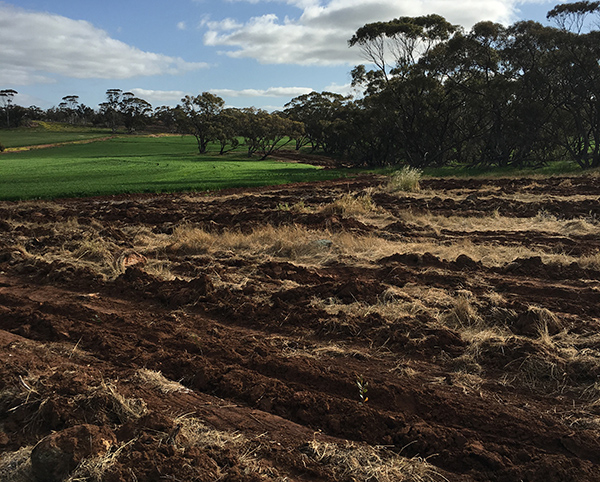Planning biodiverse revegetation for next winter Spring is a great time to start planning your biodiverse revegetation projects for winter next year. By getting your seedlings orders in early (ie. now) you will give the nurseries a better chance of being able to grow the species you are after.
Most banksia, hakea and grevillea species require their seed to be treated prior to growing, while some of these species won’t germinate once the weather starts to warm up. Some nurseries employ seed collectors, so if you’re after any rarer species let your nursery know early so they have time to find seed for the planting season.
If you’re planning a revegetation project that includes locally native species you will need to spend a little bit of time working out which species are appropriate for your site. Try asking your local farm tree nursery for the list of plant species they grow and their recommendations for your area.
Then enter these species into the Western Australian Government’s Florabase website and take a note of whether the species:
- is a tree, shrub or groundcover
- has a particular growth form
- naturally occurs in your local area
- grows in soil types and landscapes similar to your revegetation site.
Be sure to select and order a good range of trees, large and small shrubs, and groundcovers from the nursery, making sure they are suitable for your project site.

Providing habitat
Make sure your revegetation project will provide good habitat for local native birds and animals by including plants with as many different heights and growth forms as possible.
Most birds and animals will use a range of different plant species with different characteristics to survive. A good example of this is the Carnaby’s Black Cockatoo. While there are hundreds of plants they can use for food, only nine plant species provide them with the right habitat to nest in and only 14 plant species provide them with suitable roosting habitats.
Using as many different species as possible also helps ensure there is food available year round for the birds and animals that rely on flowers for their food, such as the honeyeater birds.
Different groups of plants use and provide differing amounts of various nutrients in the soil. Well known examples are acacias (wattles) and pea plants, which collect nitrogen from the air and make it available to other species in the soil. If your revegetation project includes only a single species, or a single group of species, you may find that your soil will become particularly low or high in some important nutrients, which in turn may affect the health of your revegetation area.
Plants with spikey vegetation are particularly valuable as habitat for many small birds and mammals as it provides them with protection from many threats, including predators.


